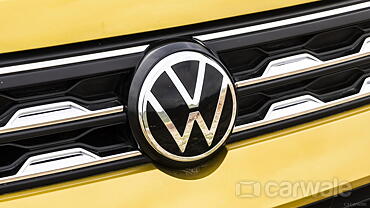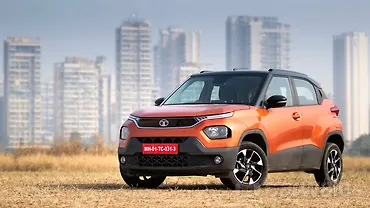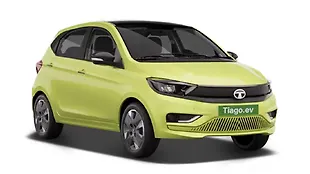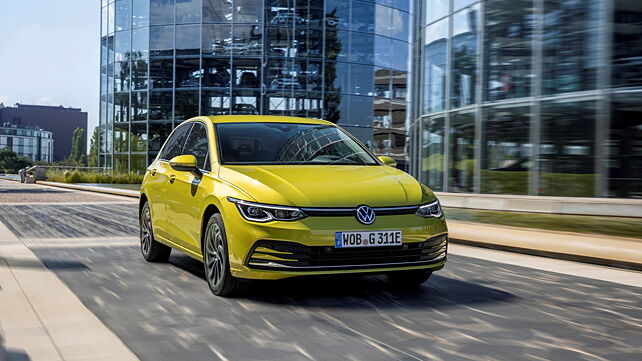
- New eHybrid version has a claimed all-electric driving range of up to 70.8 kilometres.
- Combined power output is rated at 204bhp and 350Nm of torque.
Volkswagen has recently made a fleet-friendly addition to its Golf plug-in hybrid line-up with the launch of a new eHybrid Style model. This new version produces CO2 emissions of just 21g/km under WLTP cycle and has a pure-electric range of 44 miles (70.8 kilometres) on a full charge. The plug-in hybrid Golf, which to this point has been represented solely by the sporty Golf GTE, now has a more affordable sibling in the form of the eHybrid version.
Sitting beneath the 245bhp GTE, the new 204bhp eHybrid model is offered in a ‘Style’ trim, meaning that this sprightly yet frugal new offering is quite well-appointed. The new plug-in hybrid drive makes it possible for the Golf to become a zero tailpipe-emission vehicle when running on pure-electric power only. Comprising a 1.4-litre TSI petrol engine, an electric motor and a lithium-ion battery that is located beneath the rear bench seat, the drive system is rated at 204bhp and 350Nm of torque practically from a standing start. Channelled to the front wheels via a six-speed DSG transmission, that is enough to propel this new model from rest to 100kmph in 7.4 seconds.
Around town, practically all short-distance trips are possible in the Golf eHybrid with zero tailpipe emissions. The car’s full electric range of 44 miles, or 70.8 kilometres (WLTP combined) on a full charge, allied to the fact that the Golf eHybrid always starts journeys in all-electric mode if the battery is sufficiently charged (except at battery temperatures of below -10°C), means that all-electric running will probably become the norm for many drivers.
Moreover, since the Golf eHybrid can also be driven in all-electric mode at speeds of up to 129kmph, highway drives can also be covered under purely electric power if desired. It is also possible to reserve electric energy during longer journeys in order to guarantee that it is possible to drive in all-electric mode in a built-up area at the destination. At the start of the journey, the driver can enter the percentage of the battery capacity that must be reserved in the infotainment system. The battery also does not have to be fully charged at the start of the journey for this to function effectively, since the lithium-ion unit can also be charged during the trip via both the TSI engine and brake energy recuperation.
Depending on the power source, charging takes place with 2.3 or 3.6kW alternating current (AC). When supplied with 230 volts at 2.3kW via the normal domestic grid, the battery is fully charged in five hours. If the power source is a Volkswagen wall box or a charging station with 360 volts and a charging cable designed for 3.6kW, the charging time is reduced to three hours and 40 minutes.
